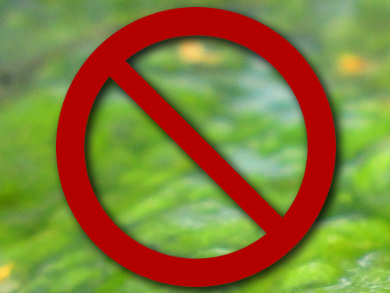Ion-exchange resins are functionalized polymers that remove anions or cations from water and replace them with protons or hydroxide ions. They are used to soften and/or purify water. However, raw water often contains algal cells. These algae can foul the ion-exchange resin, lessen its performance, and decrease its lifetime.
Joseph B. Schlenoff and colleagues, The Florida State University, Tallahassee, USA, have developed an antifouling coating for ion-exchange resins, based on negatively charged or zwitterionic polymers. The team started with commercially available anion-exchange resins. They coated these resins using solutions of either pure poly(4-styrenesulfonate) (PSS, a negatively charged polymer) or a co-polymer of PSS and a polymer with zwitterionic groups, poly(3-[2-(acrylamido)ethyldimethylammonio]propanesulfonate) (PAEDAPS).
The uncoated ion-exchange resins were quickly fouled by Chlamydomonas reinhardtii algae cells which were passed through the material. In contrast, both polymers, PSS and PSS-co-PAEDAPS, give the resins antifouling properties. The coatings have no significant impact on the ion-exchanger’s performance. The researchers attribute the effect to the overall negative surface charge of the coating, which prevents the attachment of algal cells to the resin. The positive charges that dominate in the uncoated resin, in contrast, interact strongly with organic matter and promote adhesion.
- Antifouling Ion-Exchange Resins,
Yara E. Ghoussoub, Hadi M. Fares, Jose D. Delgado, Laura R. Keller, Joseph B. Schlenoff,
ACS Appl. Mater. Interfaces 2018.
https://doi.org/10.1021/acsami.8b12865




